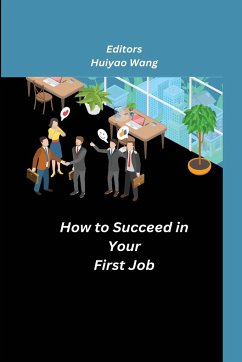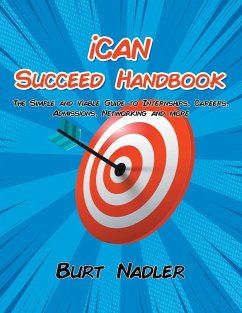I am on a peak-hour, return leg flight from Sydney to Melbourne following a full day of meetings with clients where I shared the findings from our latest workplace design research. The conversations were fruitful, with a particular focus on innovation - a popular topic among organisations. We discussed the ways a workplace could help unearth ideas that organisations intuitively know exist in the ranks of their employees but can be awfully hard to uncover. All around me, passengers mirrored my fatigue, they were talked out, idea-empty and looking forward to getting home; the hallmarks of a homeward-bound work commute. Settling into the hour-long journey ahead, I pulled out my iPad and resumed reading Richard Dawkins' book, The Magic of Reality [2]. Struggling to concentrate, I caught myself re-reading the same paragraph over and over until I eventually became immersed in chapter three: "Why are there so many different kinds of animals?" Dawkins explains Darwin's proposition about how the iguanas of the Galapagos Islands came to be. In a nutshell, the geographical barriers between the islands resulted in the evolution of three distinct species of iguanas who were cut off by the sea. In perfect isolation on their own islands these populations never met, so their genes had the opportunity to drift apart as they evolved in different ways to adapt to their environments.







